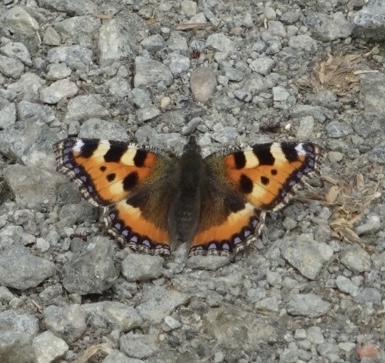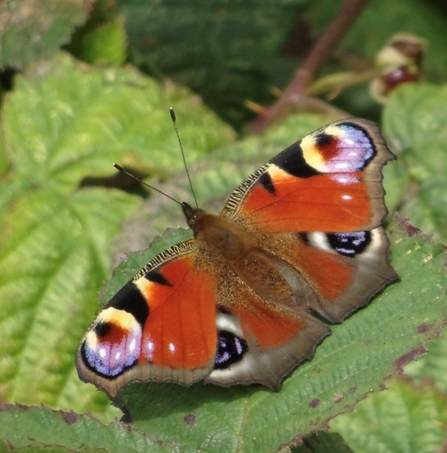I find butterflies enchanting. I’ve missed their gentle beauty over the long, winter months. So, when there was a break in the clouds the other afternoon, I grabbed my mug and took it out into the garden to feel the sun on my face while I enjoyed my tea, surrounded by bird song and spring flowers, and I looked around for any early butterflies.
Before long, my eye was drawn to the languid, floaty flight of a primrose-yellow butterfly as it absent-mindedly drifted from flower to shrub to fruit tree, and then over my neighbour’s fence and away. A brimstone!



